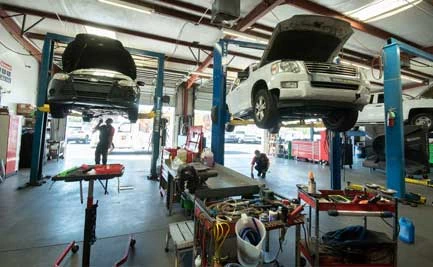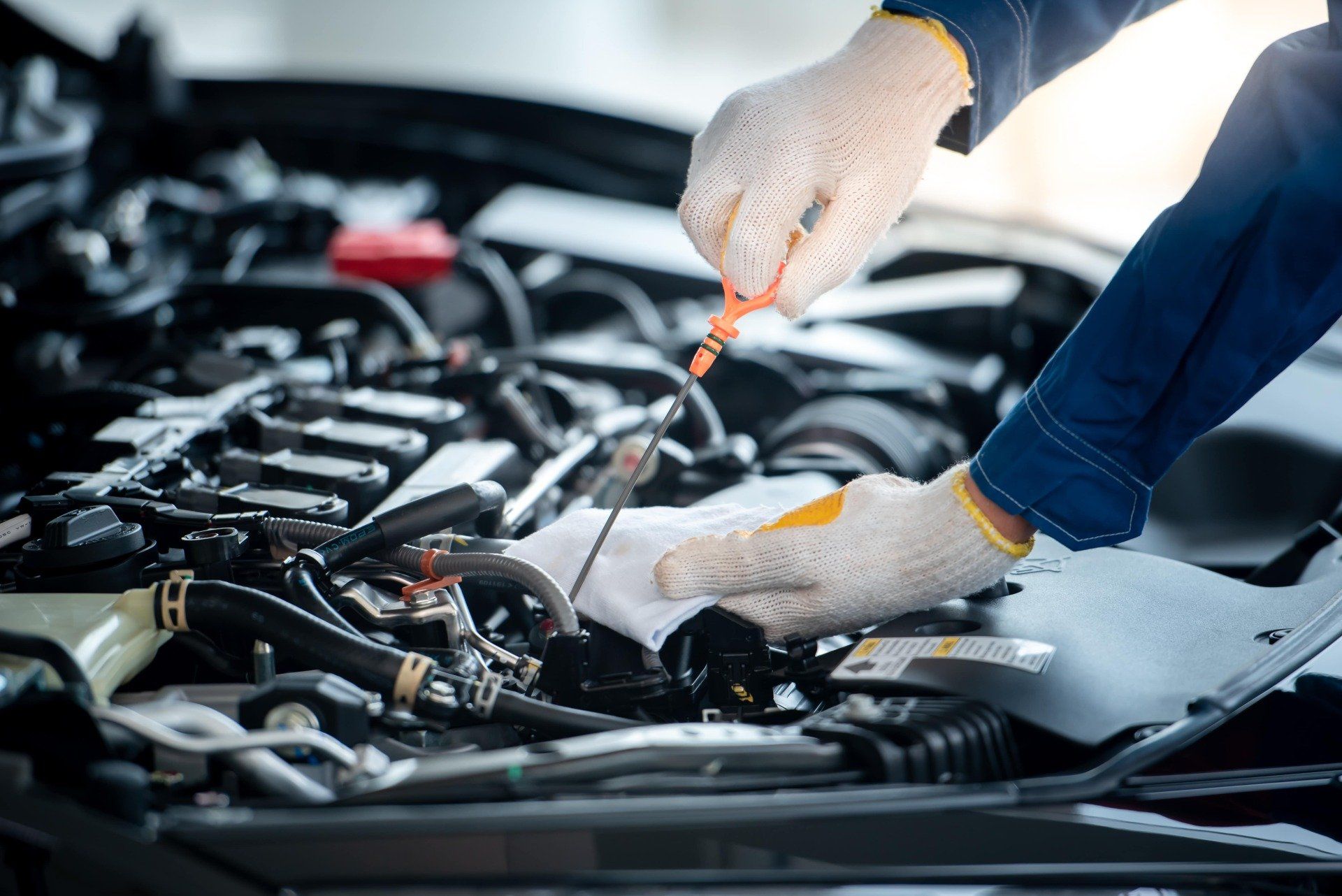All Categories
Featured

[/image]
When it involves vehicle upkeep, tires are usually one of one of the most forgotten components, although they play a critical function in the safety and security and efficiency of your vehicle. Tire rotation and placement are 2 essential solutions that aid guarantee your tires put on equally, last longer, and continue to do at their best. Right here's everything you require to understand about tire rotation and alignment and why they matter for your vehicle.
What Is Tire Rotation? Tire turning is the process of relocating the tires from one placement to an additional to ensure even put on throughout all four tires. The front and back tires of an automobile wear at various rates because of the weight circulation and the truth that the front tires handle both steering and braking. By rotating the tires on a regular basis, normally every 6,000 to 8,000 miles, you can cancel the wear and extend the life of your tires.
In a lot of lorries, the tires will certainly be revolved from front to back, and in many cases, side-to-side, relying on the tire type and your vehicle's requirements. This guarantees that each tire births an equal amount of stress and anxiety and strain. Regular tire rotations additionally improve lorry handling and ride quality, as well as add to much better gas efficiency.
What Is Tire Placement? Tire placement describes readjusting the angles of your automobile's wheels to ensure they are positioned correctly according to the producer's requirements. Proper placement makes certain that your tires are alongside one another and vertical to the ground, which assists enhance the total handling, security, and life-span of your tires.
There are three vital elements of alignment:
Camber: The tilt of the wheels when viewed from the front. If the wheels lean inward or external, it can trigger uneven tire wear. Wheel: The angle of the guiding axis when checked out from the side. Correct wheel alignment guarantees stable steering and better automobile control. Toe: The angle at which the tires aim inward or exterior when checked out from above. Incorrect toe positioning can trigger tires to put on erratically and affect handling. Misalignment can occur because of elements like striking holes, visuals, or driving over rough surface, and even regular driving with time can gradually create imbalance. Getting a positioning check every 1-2 years or when you notice managing problems is essential for optimum tire performance.
Why Are Tire Rotation and Alignment Important? Maximized Tire Life:. Tire rotation makes certain even put on across all four tires, stopping premature tire replacement. Misaligned tires wear erratically, which can result in the requirement for even more constant tire replacements. Both tire rotation and placement enhance the life-span of your tires, saving you money over time.
Improved Security:. Correct placement helps maintain your lorry tracking right, improving security and handling. Misaligned tires can lead to pulling, that makes it harder to regulate your automobile, especially at broadband or in emergency circumstances. Tire turning additionally ensures your car's handling continues to be consistent, improving your ability to quit quickly and maintain control.
Better Fuel Effectiveness:. When your tires are properly straightened, they experience much less rolling resistance, implying your engine doesn't have to function as difficult to move the car. This minimizes gas usage and enhances gas mileage. Misalignment can cause your tires to drag, resulting in inadequate fuel performance.
Smoother Experience:. Misaligned or unevenly used tires can cause resonances in the guiding wheel or car body, which can be uncomfortable while driving. Regular tire turning and placement can give a smoother and quieter adventure, decreasing unnecessary sound and vibrations.
Signs You Required Tire Turning or Positioning. It is necessary to be familiar with warning indications that your tires may need attention. Maintain an eye out for:
Unequal Tire Put On: If you observe that tire is much more used than others, maybe an indication that it's time for a turning or alignment. Guiding Drawing away: If your automobile draws to one side, particularly when you're driving directly, it could suggest misalignment. Resonances or Unusual Noises: If your wheel trembles or you listen to a humming or whining sound, your alignment may be off. Squealing Tires: A shrill squeal can signify imbalance or that your tires are worn unevenly. If you see any one of these indications, it's a good idea to have your automobile evaluated immediately to stop more damage to your tires or suspension system.
Exactly How Often Should You Turn and Straighten Your Tires? Tire rotation is usually advised every 6,000 to 8,000 miles or every six months, relying on your cars and truck's manual and driving problems. It's likewise a good concept to turn your tires throughout oil modifications to see to it they obtain the interest they require.
For positioning, most experts suggest having your tires straightened as soon as a year or if you see any handling concerns. If you've just recently struck a pit, curb, or another challenge, it's an excellent concept to have your alignment examined earlier to avoid uneven tire wear.

Conclusion: Preserve Your Tires for Longevity and Security. Tire turning and positioning are easy yet crucial facets of automobile maintenance that add to longer tire life, improved safety and security, and better gas performance. By adhering to the recommended service intervals for tire rotation and alignment, you can ensure your tires remain in top condition, supplying a smoother and more secure driving experience. Regular maintenance assists you prevent unanticipated tire wear, pricey repair services, and potential crashes, making it a smart investment for your automobile's overall efficiency.
Latest Posts
The Benefits of Consistent Car Maintenance at Montclare Auto Repair Saves You Money
How Regular Vehicle Maintenance at Montclare Auto Repair Keeps Your Wallet Happy
Find Leading Vehicle Maintenance Services from Montclare Auto Repair – Keep Your Car Running Smoothly
More
Latest Posts
The Benefits of Consistent Car Maintenance at Montclare Auto Repair Saves You Money
How Regular Vehicle Maintenance at Montclare Auto Repair Keeps Your Wallet Happy
Find Leading Vehicle Maintenance Services from Montclare Auto Repair – Keep Your Car Running Smoothly